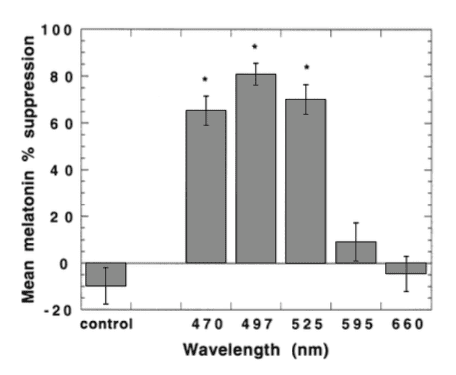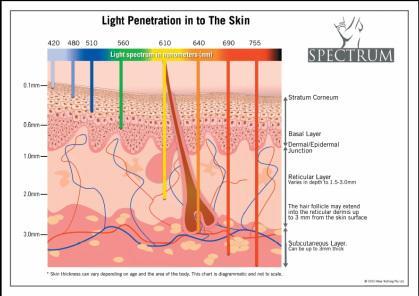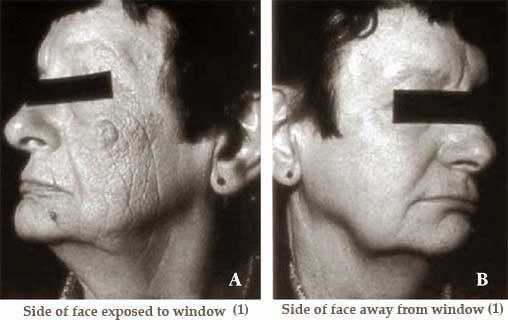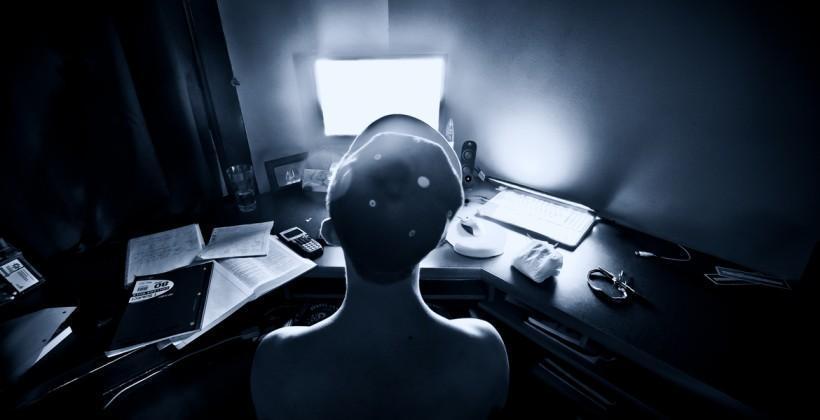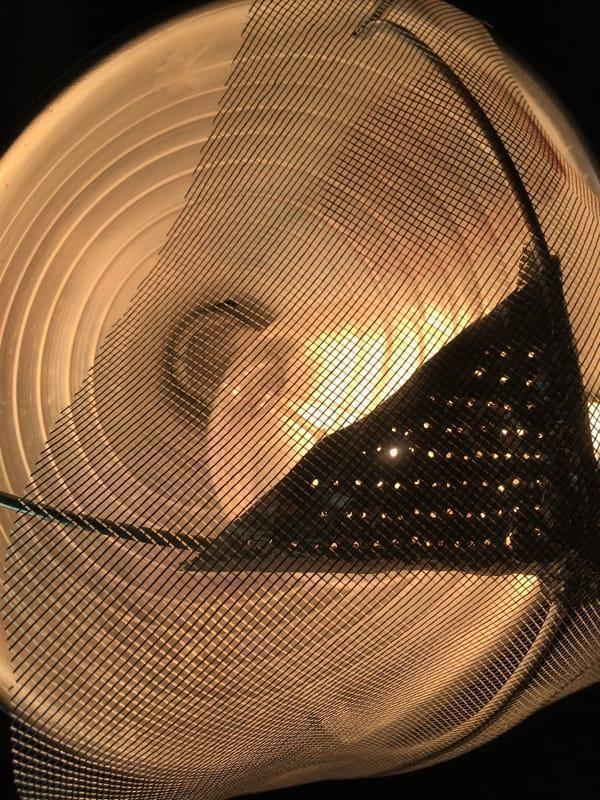Amazoniac
Member
@RedLightMan
Guru, I don't know if this is an area of your interest, but what probably disrupts the circadian rhythms more: a soft concentrated on the blue spectrum light, or one that is more intense on that same blue but even more on the whole spectrum of visible light? In other words, the intensity of the blue spectrum is probably problematic, but can the overall proportion mitigate those effects to some degree?
Unrelated, but check this (basically unstable pigments that are incorporated into membranes of bacteria that make them vulnerable to excitation):
Antimicrobial Photodynamic Therapy to Kill Gram-negative Bacteria
Any opinion on it?
Guru, I don't know if this is an area of your interest, but what probably disrupts the circadian rhythms more: a soft concentrated on the blue spectrum light, or one that is more intense on that same blue but even more on the whole spectrum of visible light? In other words, the intensity of the blue spectrum is probably problematic, but can the overall proportion mitigate those effects to some degree?
Unrelated, but check this (basically unstable pigments that are incorporated into membranes of bacteria that make them vulnerable to excitation):
Antimicrobial Photodynamic Therapy to Kill Gram-negative Bacteria
Any opinion on it?

